April 15, 1936: The Spark of Revolt, The Fire of Resistance
The Tulkarm Shooting Wasn’t an “Attack.” It Was a Warning Shot from the Colonized.
The Fire Before the Storm
Beneath the apricot blossoms and the call to prayer, beneath the worn sandals of children walking home, beneath the olive trees older than empire— the ground trembled. Not with fear, but with memory. On April 15, 1936, the land we now call Occupied Palestine cracked open—and from that fracture rose a fire that burned for three years. A fire sparked not by “terrorism,” not by “senseless violence,” but by the unbearable weight of foreign mandates, settler expansion, and the relentless grief of a people being pushed out of their own story. The hills of Anabta did not erupt in chaos. They responded. They remembered. They rose. This was not a sudden breaking, but a slow kindling—years of dispossession, land seizures, labor exploitation, and cultural erasure laid like dry branches at the feet of a nation. All it took was one match: a roadblock, a refusal, a name spoken through clenched teeth instead of silence. Let’s be clear from the start: what began on that day near Tulkarm was not a religious war, not an irrational burst of ethnic rage. It was not ancient hatred recycled into modern bloodshed. It was an uprising. Full-throated. Full-bodied. Full of love. A love so deep it would not surrender its orchards. A love so fierce it refused to forget its martyrs. A love so rooted it would rather burn than bow. This was the opening salvo in Palestine’s first full-scale anti-colonial uprising—not just against the settler apparatus displacing them, but against the entire imperial machinery enabling that theft. It was the first sustained scream in what would become a generational chorus: We will not be erased. And though the colonial archives may call it a “revolt,” we know it better as a declaration— of belonging, of resistance, of return.
The Myth of Spontaneity
Western historiography often frames uprisings like the 1936 Arab Revolt as “spontaneous eruptions”—as if colonized people wake up one morning and decide to rebel out of blind fury. This framing sanitizes the structural violence that simmers beneath occupation and erases the political consciousness behind revolt.
April 15, 1936, did not “erupt” out of nowhere. It followed decades of land expropriation, forced displacement, debt traps, and imperial infrastructure explicitly designed to displace Palestinians and replace them with Zionist settlers. It was the result of a settler-colonial machine—bankrolled by British imperialism and justified through European racial hierarchies—disguising itself as a project of Jewish refuge.
This wasn’t about Jews and Arabs “clashing.” That language obscures the asymmetry. It wasn’t a mutual dispute—it was colonization. Zionist settlers, armed and authorized by a foreign empire, were laying the foundations for ethnic supremacy and demographic engineering. What followed was not a breakdown of coexistence; it was the deliberate destruction of one people to make room for another.
Zionism hijacked Jewish grief. Even before the Holocaust, its leaders instrumentalized European anti-Jewish violence—not to dismantle antisemitism at its root, but to redirect Jewish survival toward a settler future in Palestine. And after the Holocaust, that unspeakable genocide was weaponized retroactively, transformed into a moral shield to sanctify what had already begun: the erasure of Palestinian life, memory, and homeland.
A genocide was used to justify another.
Zionism did not arise from Jewish survival. It positioned itself to profit from Jewish suffering—while exporting that suffering, rebranded as “return,” onto a colonized people. What Palestinians faced was not the byproduct of trauma, but the cold calculus of imperial strategy.
But Palestinians refused to vanish.
April 15 wasn’t the beginning of violence—it was the beginning of refusal. It was the sound of a people who would not go quietly. A spark not of chaos, but of clarity. A reminder that settler-colonialism is never passive, and resistance is never irrational.
And despite every erasure, every massacre, every wall built to contain them—they still haven’t gone silent.
The Tulkarm Shooting: A Political Act of Resistance
On that fateful night, Palestinians—reportedly followers of Izz al-Din al-Qassam, a martyr for anti-colonial resistance—set up a roadblock near Anabta. They stopped vehicles. They demanded weapons and funds—not for personal gain, but for the liberation of their land. Two Jewish drivers, recent settlers, were killed. A third was injured. The act was not random. It was not about identity. It was about who held the whip, and who bore the lash.
Zionist forces retaliated immediately. Two Palestinian laborers were executed the next day in Petah Tikva. Days later, during a funeral-turned-mass-protest in Tel Aviv, thousands took to the streets. Arabs were attacked. The spiral had begun.
But don’t get it twisted—this wasn’t a descent into chaos. It was a people rising.
The 1936–1939 Arab Revolt: A Blueprint of Defiance
The Tulkarm shooting marked more than a moment—it was a threshold. What followed was one of the most sustained anti-colonial revolts in modern history: strikes, sabotage, guerrilla warfare, national committees. Palestinian peasants, dockworkers, teachers, and shopkeepers all joined a three-year uprising against Zionist expansion and British military rule.
And how did the empire respond? Brutally. Over 20,000 British troops were deployed. Collective punishment ravaged entire villages. Homes were demolished. Food stores were destroyed. Newspapers were censored. The British armed Zionist militias and taught them the very tactics of domination that Israel uses in Gaza, Jenin, and Nablus today.
This is not ancient history. This wasn’t a prototype of genocide—it was genocide. The Zionist project has been genocidal from its inception in the 1880s, when settler ambitions first mapped out a future without Palestinians. What we see today in Gaza is not a deviation—it’s the continuation of a long, calculated campaign of erasure.
What Zionism Fears Most: Memory and Resistance
To a settler colony built on erasure, history itself is dangerous. That’s why the Zionist regime bulldozes mass graves in Yaffa. That’s why it burns olive groves that are older than the state itself. That’s why it drops bombs on libraries, archives, and universities in Gaza. And that’s why it funds Holocaust museums with state-backed billions—not to mourn Jewish lives, but to monopolize grief as political cover for Palestinian extermination.
This isn’t about history—it’s about narrative control.
Zionism depends on amnesia. It requires you to forget that long before 1948, Palestinians were already resisting displacement. Long before Hamas, there were national committees, trade unions, peasant uprisings. Long before rockets, there were general strikes, prison revolts, and mass mobilizations. 1936 wasn’t an anomaly—it was a continuum.
And this is the regime’s deepest fear: that the world will remember that Palestinians are not “responding” to a crisis—they are resisting a genocide that was designed from the start.
The Zionist state needs Palestinians to be framed as irrational, reactionary, or tribal. Because if the truth is acknowledged—that this has always been a deliberate system of violent ethnic cleansing—then the moral scaffolding collapses. The “right to exist” becomes a slogan for racial supremacy. The “only democracy in the Middle East” becomes a euphemism for apartheid. And the myth of mutual conflict gives way to the truth: this is a one-sided war of elimination.
Memory is a weapon. Resistance is survival.
That’s why Gaza is targeted not only with bombs but with blackouts. That’s why West Bank students are abducted, why Palestinian authors are banned, why history itself is criminalized. Because remembering is rebellion. And refusing to forget is a declaration that Zionism has failed to erase the people it tried to bury.
Palestinians are not a tragedy—they are a resistance movement stretching across generations.
And memory is the fire that keeps it alive.
This Is Not a Conflict. It’s a Struggle for Liberation.
What happened in Tulkarm in 1936 wasn’t a war crime—it was an act of historical clarity. It wasn’t chaos. It was resistance. Those fighters didn’t lash out blindly; they understood something that many still refuse to name: colonialism doesn’t cede power. It must be broken.
This was never a “conflict.” That word implies symmetry—two sides, equal footing, shared blame. But there is no balance between the occupier and the occupied, between a nuclear-backed settler state and an indigenous people fighting for survival. This is, and has always been, a struggle for liberation.
The resistance that rose in 1936 lives on in Gaza, in the West Bank, in the refugee camps of Lebanon, in the voices of the diaspora, in the students filling streets from Chicago to Cape Town. It is not new. It is not extremist. It is the long arc of a people refusing to die for someone else’s myth of “safety.”
Zionism is not Judaism.
Anti-Zionism is not anti-Jewish.
And the liberation of Palestine will not come through dialogue with those who deny its existence—it will come through dismantling the regime that built itself on Palestinian graves.
The settlers may rewrite textbooks. The empires may sign weapons deals. But memory lives. And resistance continues.
Palestine is not silent.
It is rising.
To Those Fighting Today: You Are Not Alone in Time
To the ones risking everything in Rafah’s ruins, to the ones coding protest flyers at midnight, to the ones marching with trembling fists in the face of riot cops, you are not alone in this moment. You are not alone in history.
Every drone shot down in Yemen, every settler road blocked in Masafer Yatta, every olive tree replanted where bulldozers once passed—these are not isolated acts. They are pulses in the same living body of resistance. Every refugee crossing forbidden borders, every prisoner refusing to break inside Zionist dungeons, every hunger strike, every chant in a mother tongue the empire tried to erase—they are the echo of April 15, 1936.
And that echo is not just defiance. It is devotion.
Because resistance is not born of hatred—it is born of love. Love for land, for language, for memory. Love for the unborn child whose name is already whispered into the soil. Love for grandparents who once danced in cities now occupied, renamed, rewritten. Love so fierce it will not bow to tanks or treaties or tears.
The empire wants you to feel isolated. It wants to sever you from your ancestors, to convince you that you’re screaming into a void. But the void is theirs—not yours.
You walk with the breath of generations behind you. You carry the fire of those who lit roadblocks on colonial highways not to destroy, but to declare: we are still here. You carry the blood of those who resisted not because they were promised victory—but because their dignity was non-negotiable.
And the empire? It still bleeds when we remember.
So remember. Mourn. Rage. Organize.
Hold hands in the dark. Sharpen your tools. Tell your stories. Name your dead.
The fire they lit in Tulkarm still burns—through the rubble, through the border fences, through your voice.
It was never extinguished.
It lives because you do.
Because love—unrepentant, uncolonized—still dares to fight back.
Decolonize Memory. Resist Until Return.
Strip their maps of your name. Refuse their timelines. Bury their textbooks beneath the olive trees they could not uproot. Remember not as nostalgia—but as insurgency. Memory is not a relic. It is a weapon. Reject the occupier’s version of history— the one that paints bulldozers as borders, the one that calls massacre “defense,” the one that flattens your grief into statistics and recites your resistance as terrorism. Their archives lie. Yours live in the songs hummed by your grandmother and the bloodstains that won’t wash from the soil. Resist until return. Until keys passed down in exile open unlocked doors. Until fig trees bloom in stolen courtyards. Until the names of the martyrs are no longer whispered— but sung. This is not just a struggle for land— this is a struggle for language, for memory, for the right to weep in the place your ancestors once laughed. Long live the Palestinian struggle. Not because it is easy— but because it is just. Because it is holy in the way all liberation is holy— raw, incomplete, and burning. Long live the Arab Revolt. Not as a page in their history— but as a fire in ours. The revolt never ended. It just changed shape, moved underground, grew louder in silence. Long live the fire of 1936. Lit in Tulkarm. Carried in hearts. Smoldering still beneath Gaza’s ruins, in every chant from Dheisheh to Deir Yassin, in every refusal to disappear. May it rage until every checkpoint falls. Until every exile returns. Until every settler regime is dust, and Palestine blooms unshackled. From the ashes, a nation. From the silence, a storm. From the memory, a map home.
Note: On Solidarity Across Histories
This struggle is not a denial of Jewish history—but a refusal to let that history be weaponized against another people.
Zionism did not emerge from Jewish survival—it emerged from European colonial logic cloaked in Jewish trauma. Long before the Holocaust, early Zionist leaders seized upon rising anti-Jewish hatred in Europe not to dismantle it, but to argue for a settler homeland in Palestine. And after the Holocaust, that unfathomable genocide was wielded as a moral shield for the ethnic cleansing of Palestinians. A genocide was used to justify another. But survival should never be built atop someone else’s grave.
From the Bundists of Eastern Europe to the rabbis of Neturei Karta, from Holocaust survivors who opposed the Nakba to the organizers of Jewish Voice for Peace—Jewish anti-Zionists have stood with Palestinians not in spite of their identities, but because of them.
We reject anti-Jewish hate.
We also reject the erasure of Palestinian resistance under its false name.
To fight Zionism is not to deny Jewish suffering—it is to refuse its manipulation as a settler weapon. And that refusal is not isolation. It is solidarity.




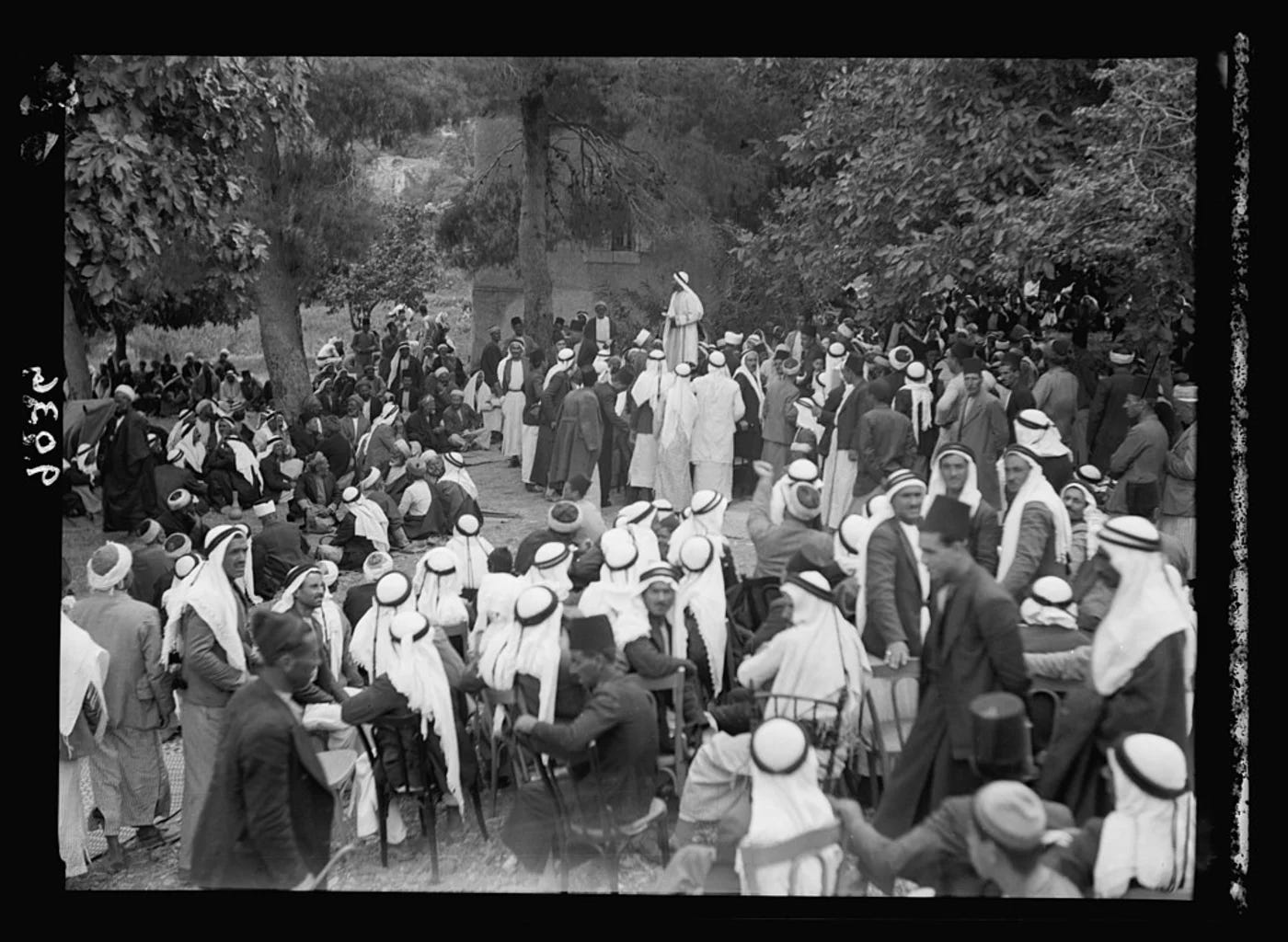
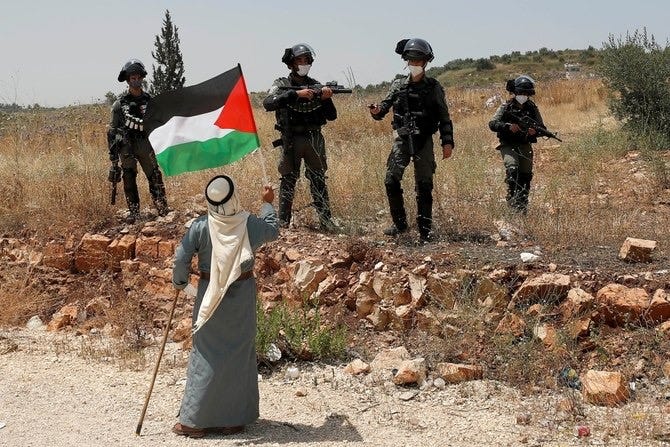
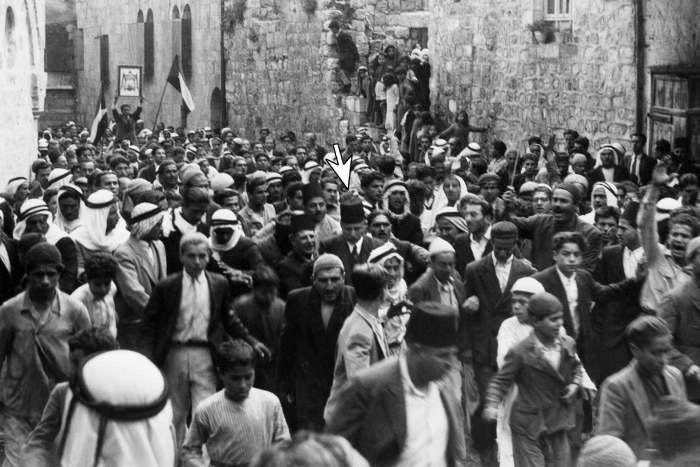
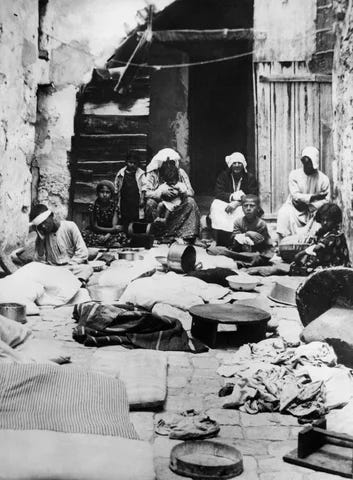


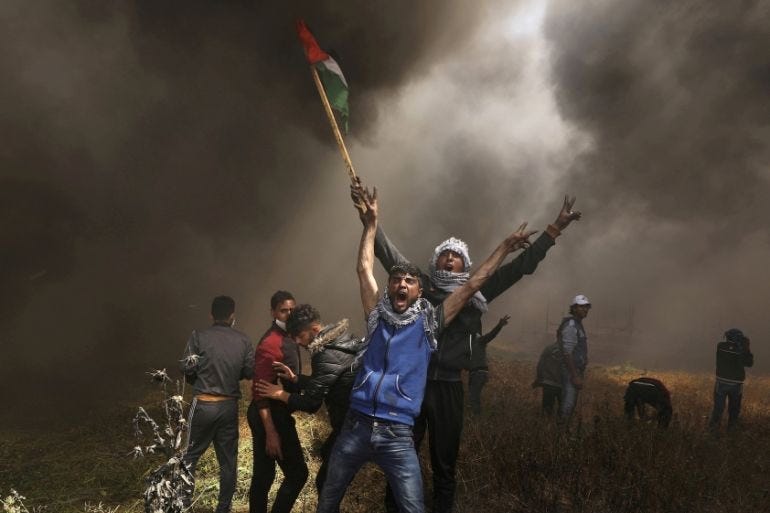
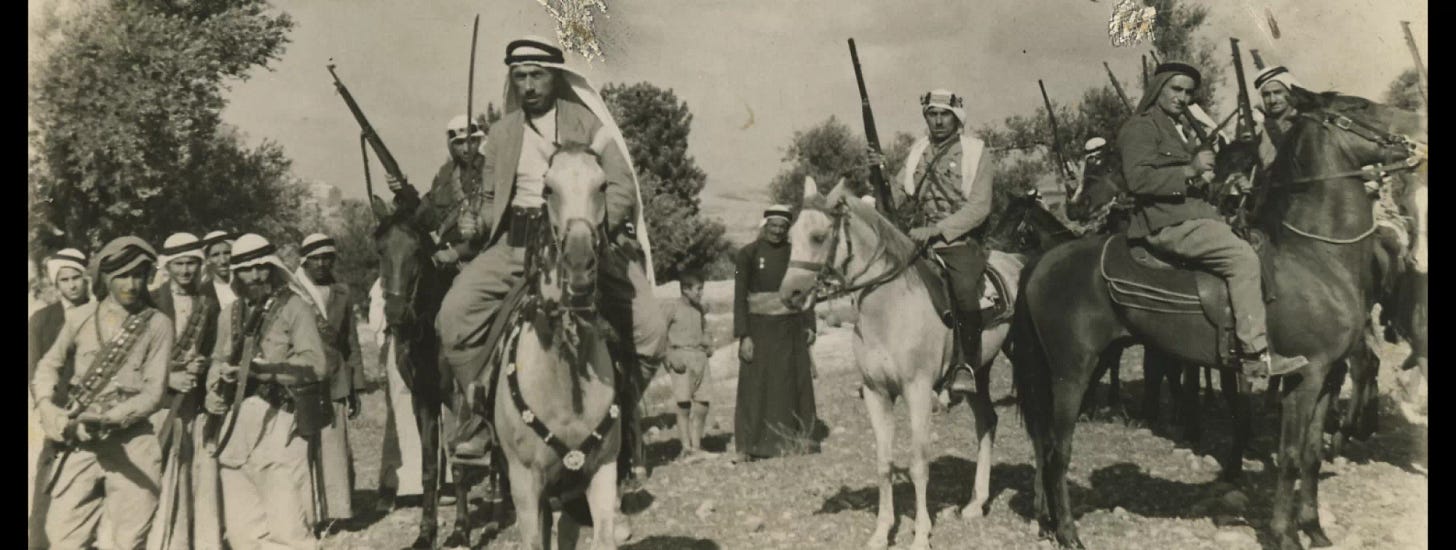

This is fantastic. Thank you once again.
Awed by this absolutely. I want to memorise it. The photos speak as well. The Arab with a Palestine flag, his back to us, facing four heavily armed Israeli soldiers. You can read his character and his allegiance to his land. Even when there is at least one gun trained on him.
I looked at the faces in the crowds, at the most passionate ones ,you know their words. Their angry voice.
Incredible thoughts to remember. I will.